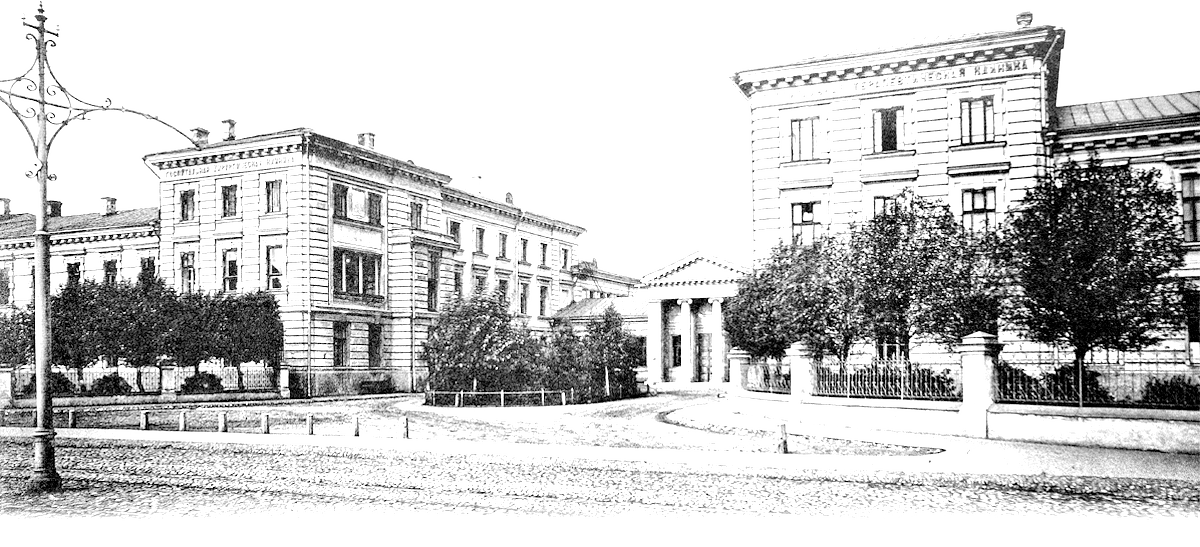HoLEP/ThuLEP: removal of benign prostatic hyperplasia with laser in moscow
- Details
- Published: 22 October 2018
It is possible to remove benign prostatic hyperplasia with prostates of all volumes, for any age patients, with the lowest risk of postoperative complications. Probability of relapse is less than 2%
Laser enucleation of the prostate has a few contraindications. It is effective in all cases, including gigantic volumes of prostate (more than 200 cc).
Erectile function is preserved within a month after laser surgery
However, the birth of children is unlikely. Because of retrograde ejaculation occurs in the most cases. Sexual intercourse ends with ejaculation into the bladder, not outward. Sperm goes along with urine later due to urination. Retrograde ejaculation does not interfere with sensations inherent in sexual intercourse, therefore psychological adaptation occurs quickly.
Recently holmium, thulium and green lasers are used in urology
Holmium and thulium laser enucleations of the prostate (HoLEP и ThuLEP) have similar function result. Side effects are rare, patients return to normal life after two or three days after surgery.
However, the thulium laser has some advantage. Due to a denser energy beam, tissue incision is softer, which helps hemostasis — stopping bleeding and subsequent improved tissue healing.
During operation with a green laser, the benign prostatic hyperplasia is removed with a high temperature, that process is called tissue vaporization. The method is inferior to ThuLEP and HoLEP, since it leaves the burn of surrounding tissues, many patients note painful and frequent urination after surgery with a green laser. In our clinic, prostate vaporization is rarely used.
The laser removes the benign prostatic hyperplasia without harming the surrounding tissues, the prostate is kept whole and uninjured
At the same time, the laser beam is defocused onto bleeding vessels to ensure hemostasis, which helps speeding healing. The removed tissue is displaced into the bladder, crushed, as in a meat grinder, with a special endoscopic instrument - morcellator. Then tissue is removed and examined in the laboratory for other conditions.
Removal of benign prostatic hyperplasia requires no incisions. The laser endoscope, which diameter not thicker than a ballpoint pen, is deployed into the bladder through urethra. Patients are given a spinal anesthetic. Depending on the volume of the prostate, the operation takes one to two hours.
Patients have a two-way catheter placed for continuous bladder irrigation overnight. The first channel removes urine, through the second - a physiological saline is started to wash the bladder. Thus, we prevent the formation of blood clots in the bladder. The catheter is removed 1-2 days after surgery, the day after that the patient returns home.
Removed adenomatous tissue is examined in the laboratory for the prostate cancer
Morphological study takes up to two weeks. According to statistics, prostate cancer is found in 3-5% of operated patients.
In addition, we measure the urine flow rate and examine the condition of the bladder using ultrasound - nothing should interfere with the natural urinary flow.
Benefits of laser enucleation of the prostate:
- Effective with prostates of all volumes.
- Low rate of complications. There is no excessive bleeding, which is important for all patients, especially with bleeding disorders.
- Fast urination recovery. Catheterization time (urinary drainage installation) is less than with transurethral resection (3-5 days) or open prostatectomy (7-9 days).
- Preservation of erectile function. Some studies have shown that erectile function is slightly improved after laser enucleation.
Cost of laser enucleation of the prostate
We carry out laser enucleation of the prostate for Russian citizens free due to high-tech assistance channel. Our doctors will help you fill out the necessary documents for obtaining a federal quota. The cost of laser enucleation of the prostate through paid medical services, including inpatient stay, is around 150 - 160 thousands rubles.
Department of Urology at Sechenov University is the only clinic in our country, which has holmium and thulium lasers
In our clinic, laser enucleation is performed by Dmitry Enikeev, the deputy director of the Institute for Urology and Reproductive Health at Sechenov University. He studied the method of the holmium laser enucleation of the prostate in Germany. His laser enucleation technique gained international recognition due to presenting at congresses of the European and American Urology Associations.




